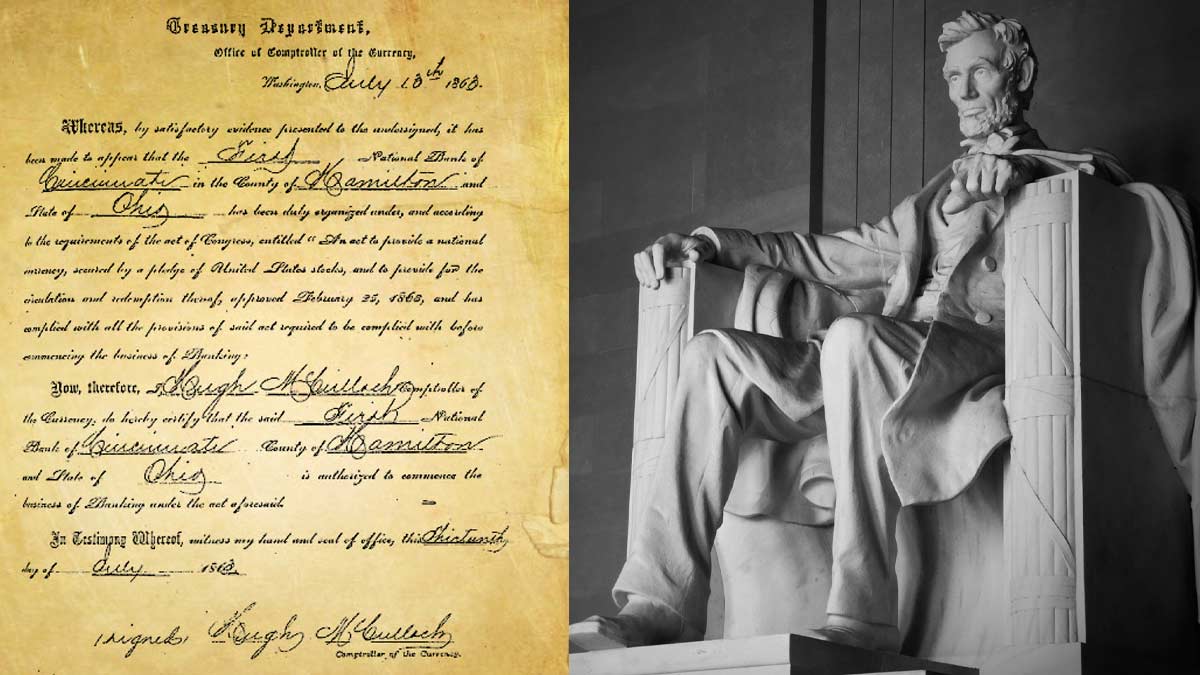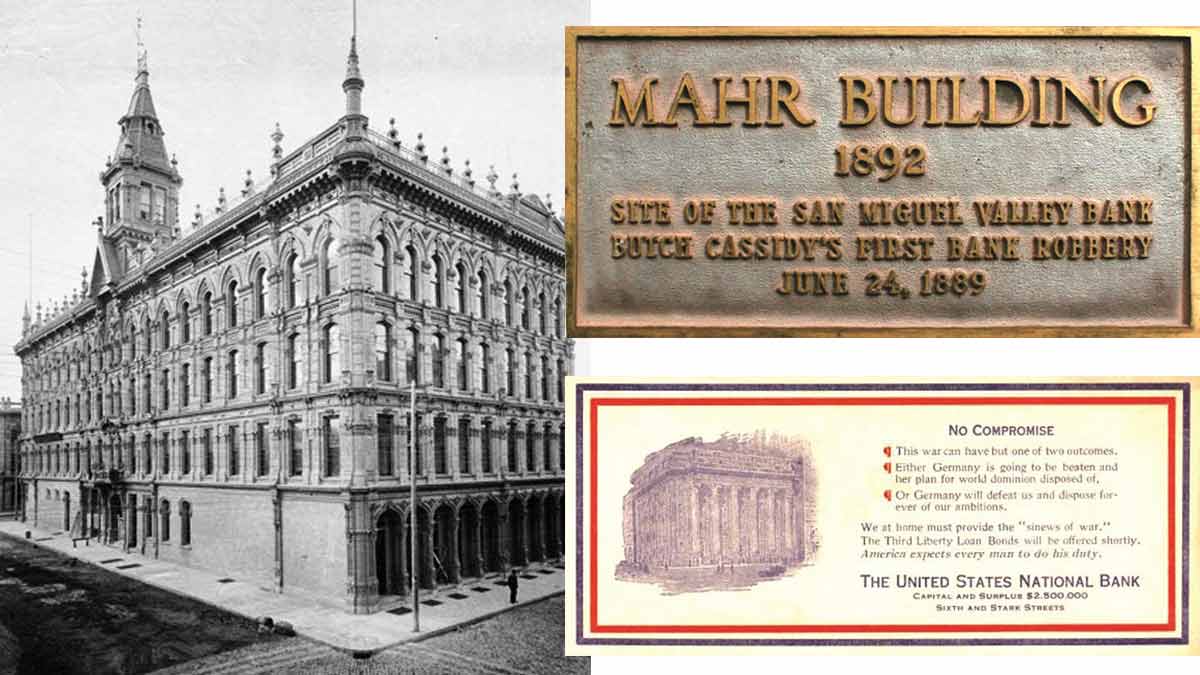Stories
U.S. Bank celebrates 160 years

The bank’s current operating charter was signed in Cincinnati in 1863
On July 13, 1863, The First National Bank of Cincinnati opened with the boom of Civil War cannons firing just across the Ohio River, and survived through the decades to eventually grow into U.S Bank.
Banking, and the United States, looked very different 160 years ago. Much of the west was still a frontier, and nearly half of the markets in the current footprint of U.S. Bank weren’t even states. Handwritten logbooks, telegraph ciphers and custom-printed currency were part of daily work.
While much as changed, U.S. Bank still operates by the words written in national bank charter No. 24, “The capital of a bank should be a reality, not a fiction ... Let no loans be made that are not secured beyond a reasonable contingency ... Pursue a straightforward, upright banking business.”

Today, more than 80 percent of banking transactions at U.S. Bank take place digitally, as opposed to within a branch, and U.S. Bank has diversified its business to include payments services, wealth management and investment services, in addition to consumer banking and corporate and commercial banking.
Last year, U.S. Bancorp completed the acquisition of MUFG Union Bank, giving U.S. Bank more than 1 million new consumer customers and about 190,000 additional small business customers on the West Coast in addition to approximately $58 billion in loans and $90 billion in deposits.
Learn more about the history of U.S. Bank, including the celebration of the bank’s 150th anniversary in 2013 that included ringing the closing bell at the New York Stock Exchange.
More stories
Media center
Press contact information, latest news and more
Learn more
Company facts, history, leadership and more
Work for U.S. Bank
Explore job opportunities based on your skills and location
